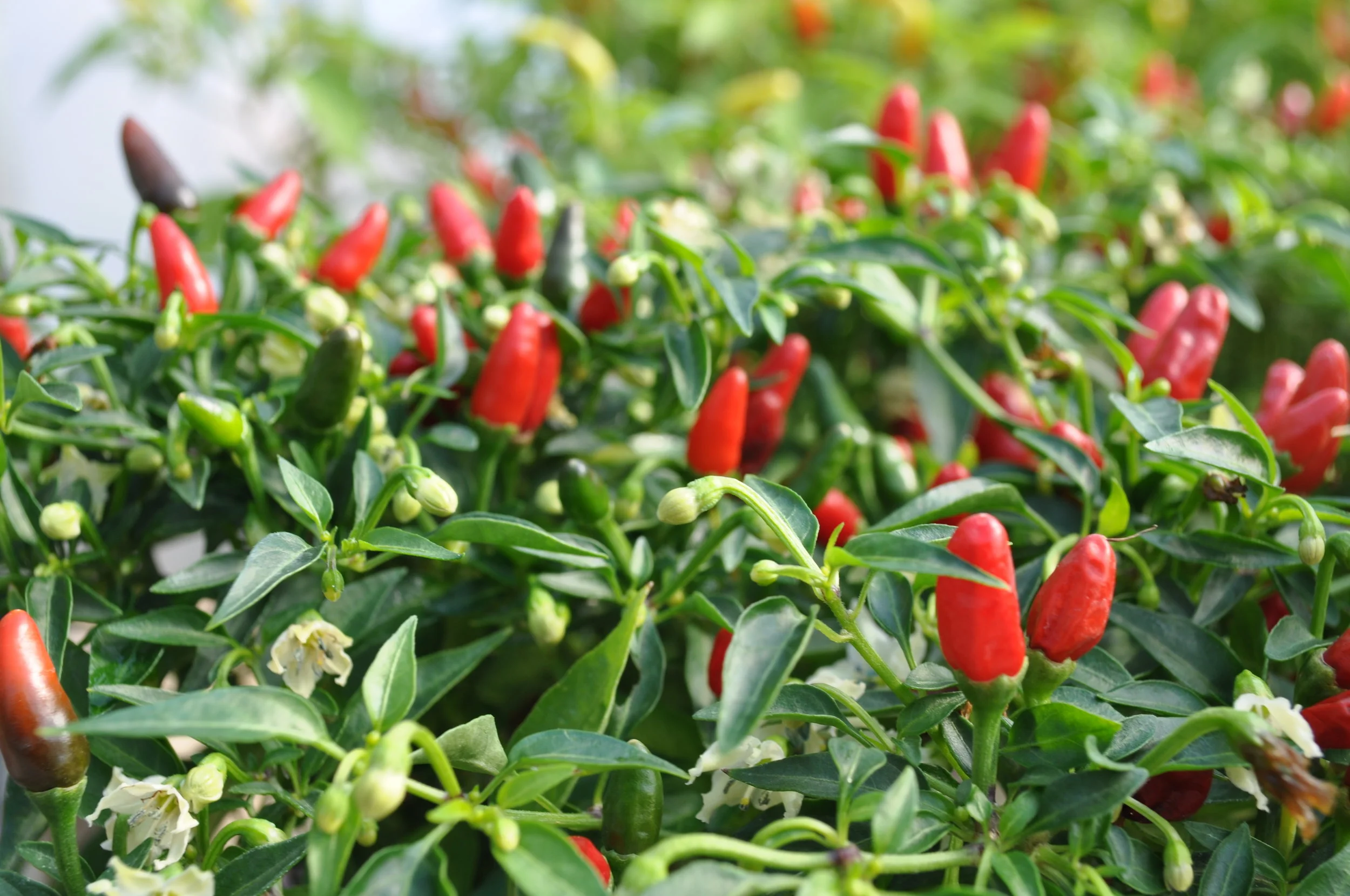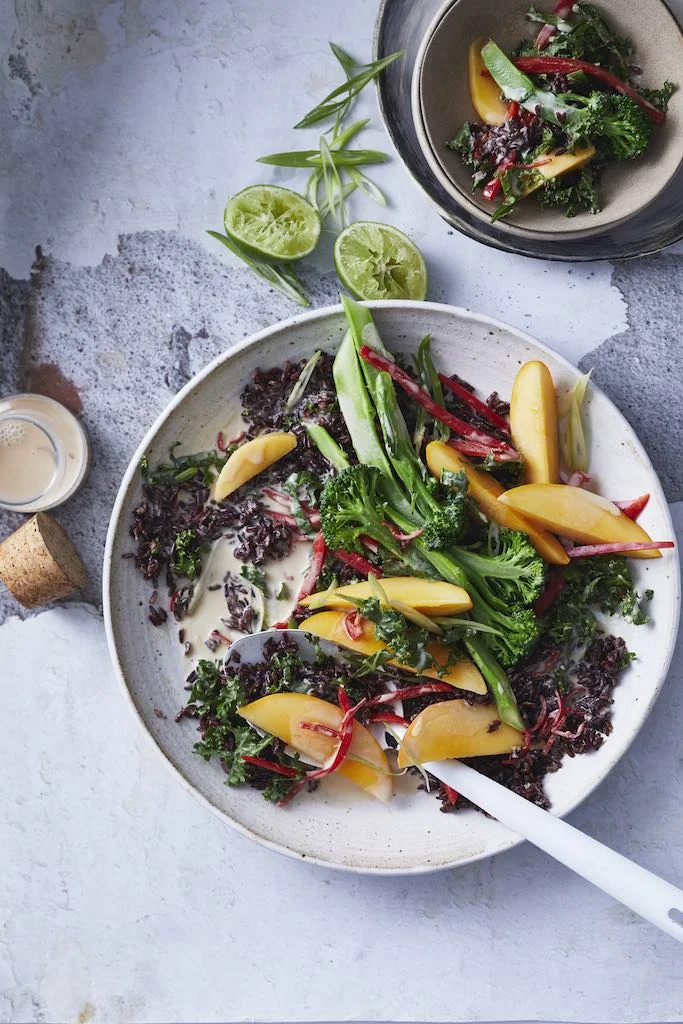Ancient Grains Resurrected - Forbidden Rice
Forbidden Rice - Ancient Black Rice
In the lands of Ancient China, the black rice we know today was known as the forbidden rice.
These ancient dynasties knew that the health benefits of black rice were potent and it was revered for bestowing good health and longevity in life.
Cultivated only in the smallest amounts, black rice became a grain only consumed by the emperor and the royal families of Asia, commoners were banned from consuming it, facing the worst of punishments if caught, thus coining the term, forbidden rice.
Grown in China as far back as 150BC, black rice has super-charged health benefits, even when only consumed in small amounts. This is mostly due to the black bran coating on the outside of the grain. Once the rice is cooked its true color is revealed and the rice turns a deep hue of purple.
There’s been a lot of research into black rice over the last few years and it seems the claims the Chinese have always made to the high nutritional value of their precious black grains are right on the nose. Studies show us that black rice is particularly good for the kidneys, stomach, and liver.
It’s high in vitamins B and E, potassium and iron, niacin, thiamine, magnesium, is a great source of dietary fiber while being cholesterol and gluten-free.
Scientific studies out of the US also claim that the levels of anthocyanins (the purple and dark red pigments found in fruit like blueberries and acai berries) are higher than that of blueberries. These antioxidants are thought to help increase memory power and decrease the risk of cancer and heart disease. It’s even thought to be better for you than brown rice, the fact that it is an anti-inflammatory food is just another reason it’s long been considered one of the world’s super-foods.
Black rice is also known to hold the highest levels of protein and there are many claims that it has double the fiber of brown rice.
So that covers the health benefits, but what about the taste and versatility of the emperors coveted forbidden rice?
Well, it's hard to imagine commoners in the Ming dynasty risking death for something that tasted bad, although I guess it could have something to do with those massive health benefits!
Black rice has a slightly sweet, nutty flavor and lends itself well to most styles of cooking and cuisines. It’s a medium grain rice that has a slightly sticky texture, making it perfect for rice puddings - especially delicious if cooked with coconut milk. Give it a go in your everyday rice dishes, or try using it to make a risotto or salad; it has a striking contrast against other food on the plate.
Black Rice stuffed Mini Caps
Makes about 30
This recipe really is just a guide, you can add any vegetables you like to this mixture and these caps will taste amazing. If you’re a meat eater, add some free-range pork mince for some winter warming protein.
Half cup cooked black rice
30 mini capsicums
Trussed cherry tomatoes
2 x spring onion – sliced
1 large mushroom – diced
1 medium carrot – grated
1 celery stalk – chopped
2 cloves garlic – crushed
Fresh thyme springs
Olive oil.
Method
Cook black rice as per directions on the package.
Sautee the celery in olive oil until it just starts to soften then add the carrot, spring onion, mushroom and garlic and season with freshly ground salt and pepper.
Sautee until the vegetables are just cook, remove from the heat and stir in the cooked black rice.
At this point you can eat this as a fried rice style dish. Or use it to stuff large mushroom cups.
Slice the tops of the mini caps and with a small sharp knife remove the seeds and pith from inside the caps.
With a teaspoon stuff the rice filling into the capsicums and lay on a tray. Pop the cherry tomatoes in the middle and drizzle with olive oil, scatter over the fresh thyme and season with salt and pepper.
Bake in 180 degree oven for about 20 to 25 minutes. If you like your caps well-cooked and quite soft just leave them in the oven a little longer.








